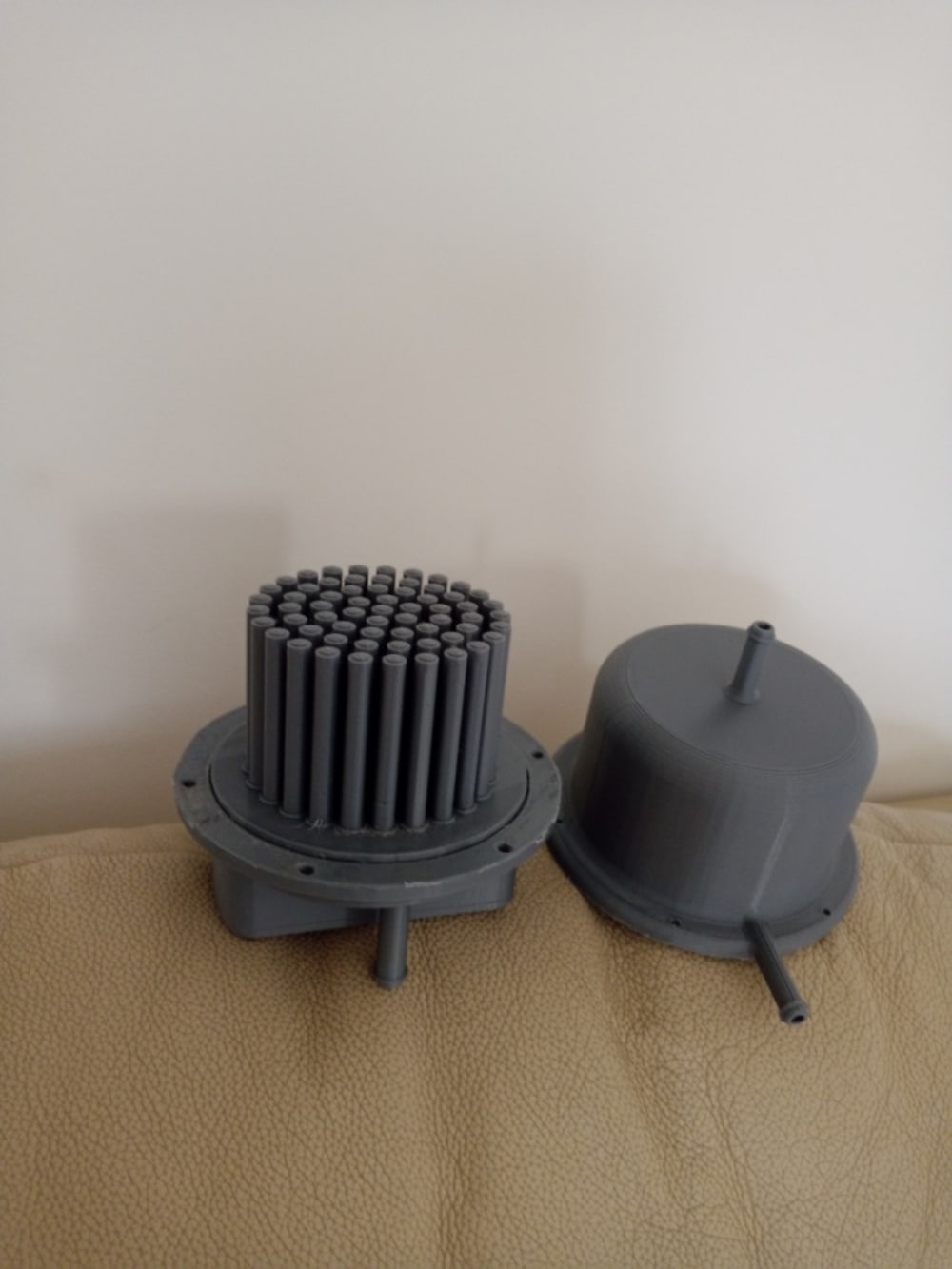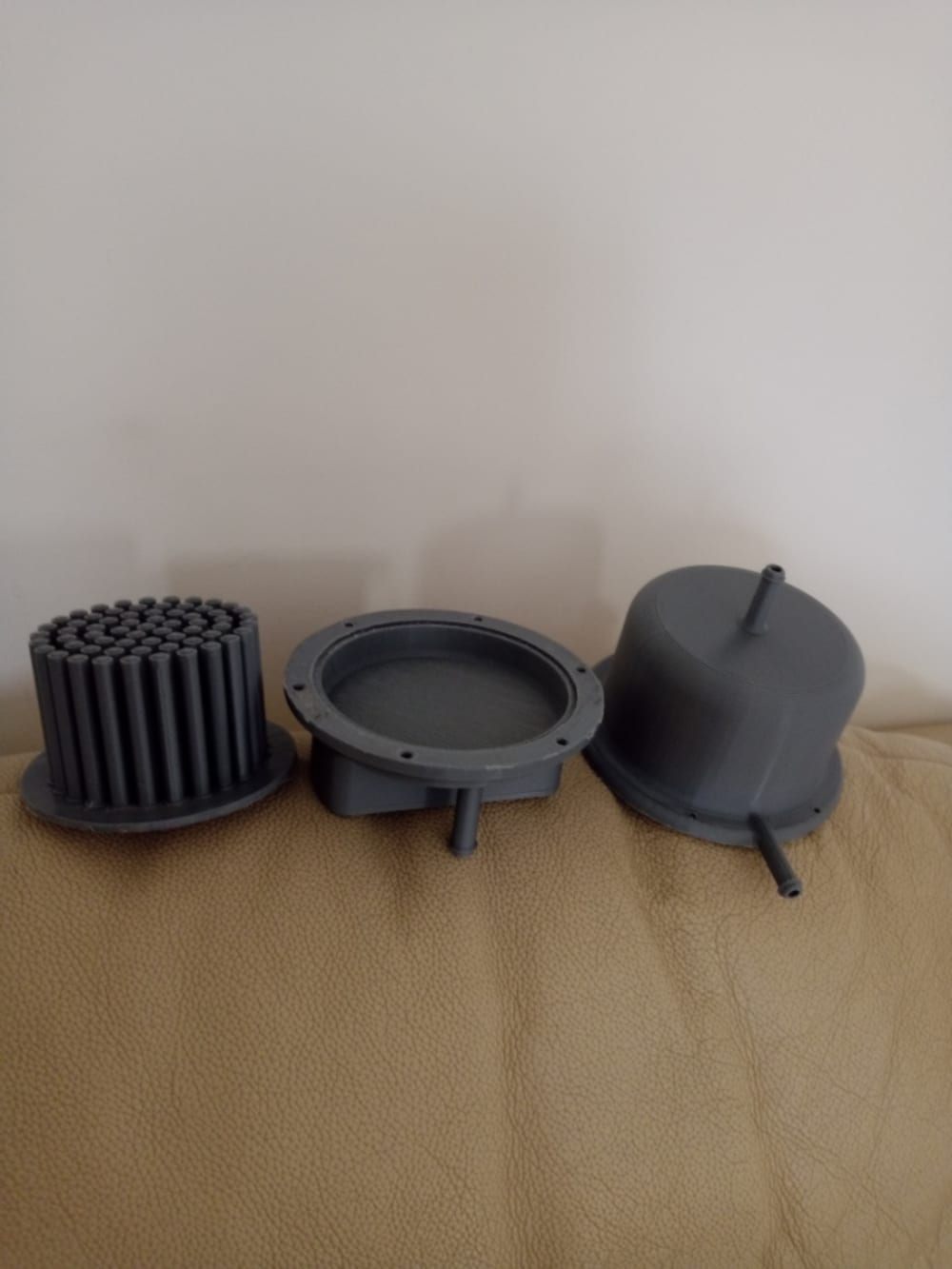
There are several million patients the world over suffering from End Stage Renal Failure (ESRD) with comparatively very few donor kidneys available for transplantation. Of those transplanted at least 10% a year fail; plus all the complications from lifelong immunosuppressive medications. Dialysis, originally designed as a bridge to transplant has now become the dominant treatment in view of limited donor kidneys. Helpful as dialysis of all types is, the technology has little changed in over 6o years and the 5 year survival of dialysis patients is still around 50%.
Our patented separation technology, based on advanced nanotube applications, will replace dialysis with a wearable device and address the shortfall of transplantations with an off the shelf implant. The ability to have renal replacement that does not require confinement to a dialysis center would immediately return most ESRD patients to more normal lifestyles to include more free travel and employment. Lives would be not only be saved but enhanced.
Our device capitalizes on the immensely greater movement, 3-5 orders of magnitude, of polar and non-polar fluids carrying ions through nanotubes versus capillary or membrane based transport. In addition, the greater structural integrity, resilience and efficiency of electrical properties of nanotubes allow the functional capabilities for ion selection and movement to be contained in a device the volume of the native kidney which is about the size of the patient’s fist.
With outlays for ESRD patients paid by Medicare alone well over $50 Billion a year, the ability to reduce this budgetary load would be very welcome as fiscal resources would be freed up for other needs. Current dialysis centers can have their patient throughput increased many fold by being transformed from strictly dialysis centers with each chair occupied for a total of 6 hours to attachment/management centers for wearable devices that would manage 4-5 times as many patients per chair as patients would leave after attachment/detachment.
Production would require highly specialized, scalable nanotube fabrication facilities along with relevant sensors and microprocessor controllers for AI directed optimization of ion/molecule specific driving voltages to produce homeostasis. Assembly and packaging would also require specialized production facilities that are appropriate for wearable and implantable medical devices. As there are no similar widely available commercial products for comparison, we cannot compare anticipated production costs. We project, depending on market conditions at the time of release, the wearable device would have a price, in present dollars, of $55,000-one time, as opposed to costly ongoing dialysis; and the implanted device would be priced at $250,000.
We would also have income streams from training and implantation centers. Affiliate Nephrologists and Transplant Surgeons would be trained in the optimal use and application of our device as they would be the ones directing the care of the ESRD patients.
Video
-
Awards
-
 2023 Top 100 Entries
2023 Top 100 Entries
Like this entry?
-
About the Entrant
- Name:Herschel Herschman
- Type of entry:teamTeam members:
- Saul Orbach
- Vladimir Rassushin
- Software used for this entry:NA









